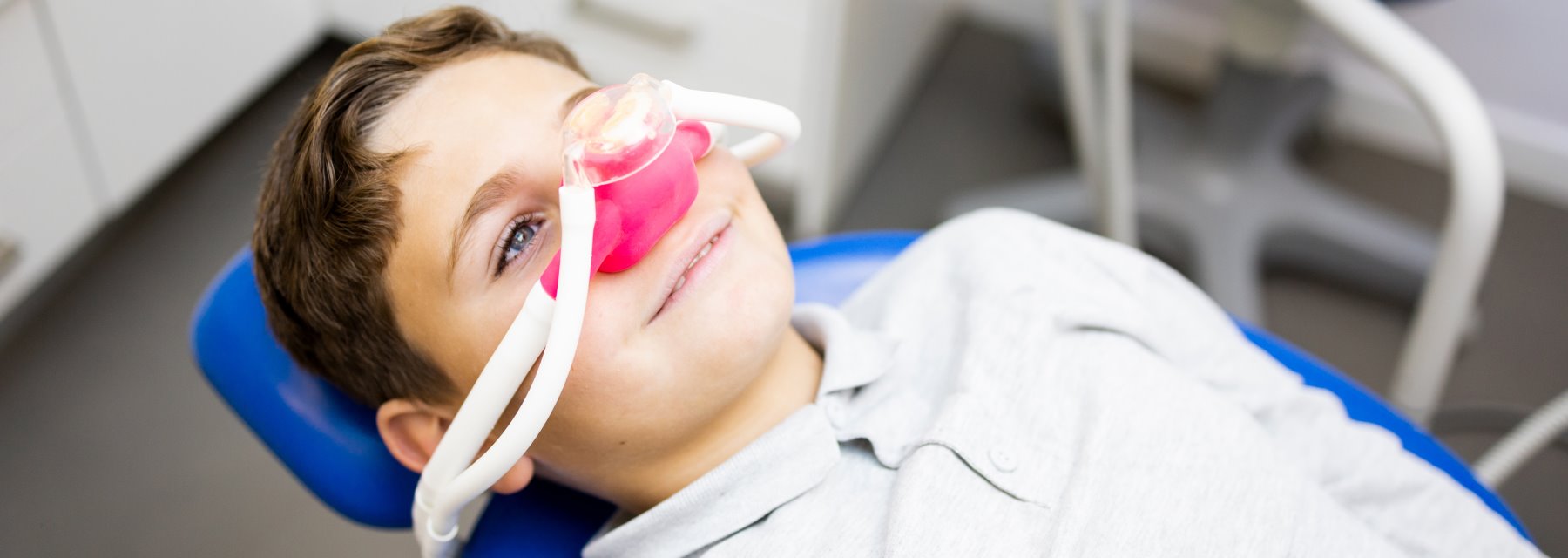
Sedation Dentistry
Sedation dentistry refers to the use of sedation during dental treatment. Sedation is most commonly used during extensive procedures, for patients with dental phobia or for patients who find it difficult to sit still. Sedation is endorsed by the American Dental Association and is an effective way to make many patients comfortable during their dental visit.
Before using a sedative or anesthetic, it is important to tell your pediatric dentist about any medications or medical treatments your child is receiving. Before administering any sedative or anesthetic, your pediatric dentist will talk to you about the process of sedation and pre-and post-sedation instructions.
Types of Sedation
Nitrous Oxide
is often used as an anxiolytic during a dental visit. The gas is administered with a mixture of oxygen and has a calming effect that helps phobic or anxious patients relax during their dental treatment. After treatment, the nitrous is turned off and oxygen is administered for 5-10 minutes to help flush any remaining gas. The effects wear off almost immediately. Nitrous oxide rarely has side effects, although some patients may experience minor nausea and constipation.
Oral Conscious Sedation
Through the use of sedatives and pain relievers, oral conscious sedation produces a relaxed state of consciousness to lessen pain and discomfort. Patients who receive oral conscious sedation are still able to breathe on their own, still able to speak and respond to questions during treatment, and express any pain or discomfort they may be having, although they may remember very little or nothing about the procedure. Other side effects include headache, nausea and vomiting.
